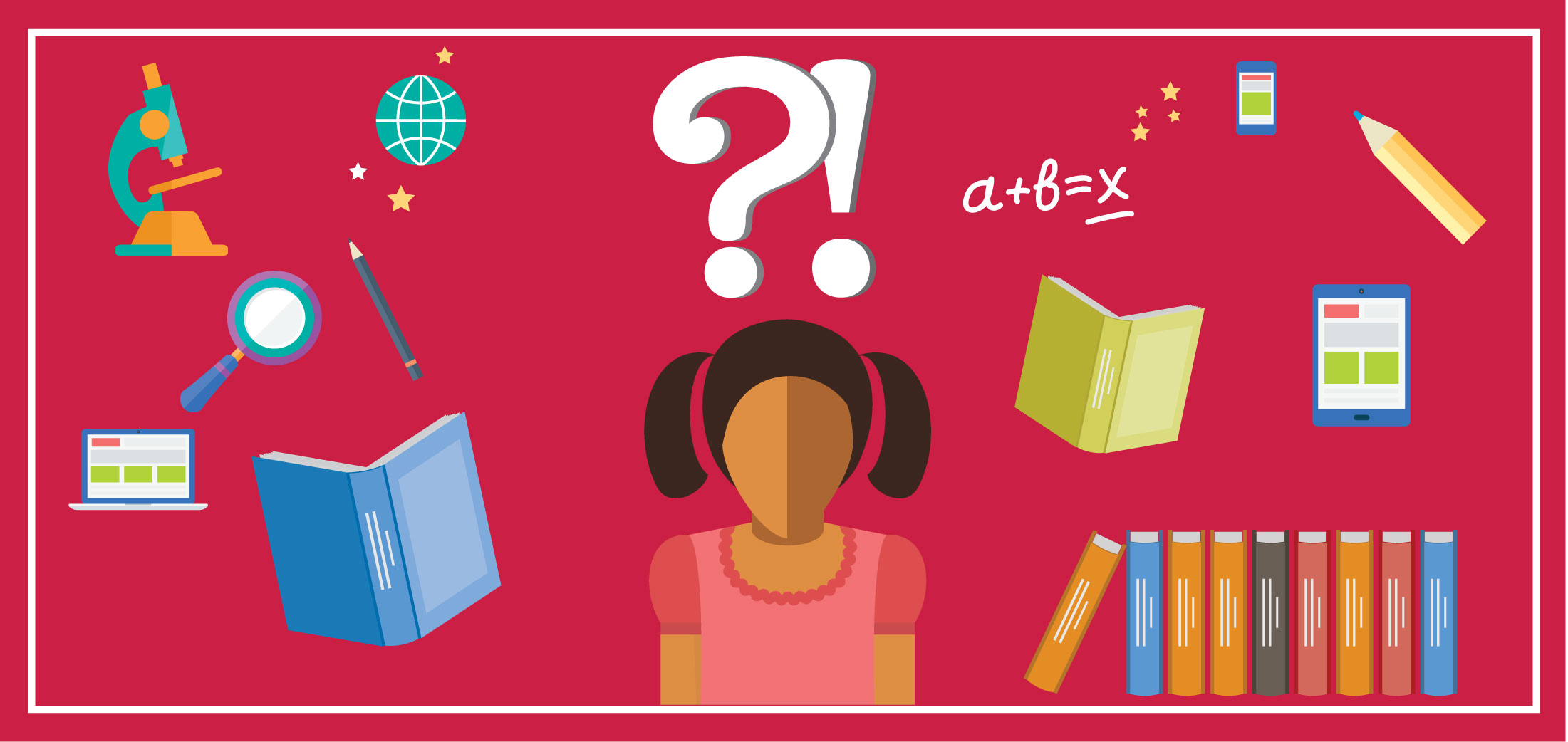

By Carly Robinson
The not-too-much-longer answer: There’s a reason why the idea of offering students choices in their educational activities has become popular. Decades of psychological research concludes that providing students with choices leads to increases in autonomy and, in turn, motivation and learning. Students, like adults, tend to be more motivated to complete a task – and perform better on it – when they choose to engage in the task themselves, rather than having the task chosen for them. When students choose their topic or select how to present their work, they are more likely to take ownership over their work and/or feel confident demonstrating their knowledge. (Side perk: Giving students choice on assignments can also make grading more interesting for the teacher!)
So, yes, providing students with choice in assignments can lead to greater engagement. But when it comes to giving choices, like with ice cream and movie sequels, more is not always better. And, in fact, too much choice can actually lead to decreased motivation and satisfaction. While choice is a key feature of cultivating student autonomy, it also can lead to choice overload. Faced with too many choices, students can become overwhelmed, and they instead prioritize ending the choice-making process, rather than making the choice they think is best. This results in students selecting the first satisfactory option they find, rather than their optimal option, which can leave students feeling dissatisfied with their selection and less motivated to do well.
To maximize the benefits of providing students with a choice, teachers should offer students a limited number of choices. Research suggests three to five options may produce the most satisfaction and motivation. Teachers can also help structure the choice-making process to make it less overwhelming. For example, One World Education, a program where students choose to research and write about a social justice issue that is important to them, helps students navigate the choice-making process so their topic selection becomes deliberate and further enhances their engagement.
Here are a few other ideas for teachers who want to effectively offer students choice in assignments:
References:

The not-too-much-longer answer: There’s a reason why the idea of offering students choices in their educational activities has become popular. Decades of psychological research concludes that providing students with choices leads to increases in autonomy and, in turn, motivation and learning. Students, like adults, tend to be more motivated to complete a task – and perform better on it – when they choose to engage in the task themselves, rather than having the task chosen for them. When students choose their topic or select how to present their work, they are more likely to take ownership over their work and/or feel confident demonstrating their knowledge. (Side perk: Giving students choice on assignments can also make grading more interesting for the teacher!)
So, yes, providing students with choice in assignments can lead to greater engagement. But when it comes to giving choices, like with ice cream and movie sequels, more is not always better. And, in fact, too much choice can actually lead to decreased motivation and satisfaction. While choice is a key feature of cultivating student autonomy, it also can lead to choice overload. Faced with too many choices, students can become overwhelmed, and they instead prioritize ending the choice-making process, rather than making the choice they think is best. This results in students selecting the first satisfactory option they find, rather than their optimal option, which can leave students feeling dissatisfied with their selection and less motivated to do well.
To maximize the benefits of providing students with a choice, teachers should offer students a limited number of choices. Research suggests three to five options may produce the most satisfaction and motivation. Teachers can also help structure the choice-making process to make it less overwhelming. For example, One World Education, a program where students choose to research and write about a social justice issue that is important to them, helps students navigate the choice-making process so their topic selection becomes deliberate and further enhances their engagement.
Here are a few other ideas for teachers who want to effectively offer students choice in assignments:
References: